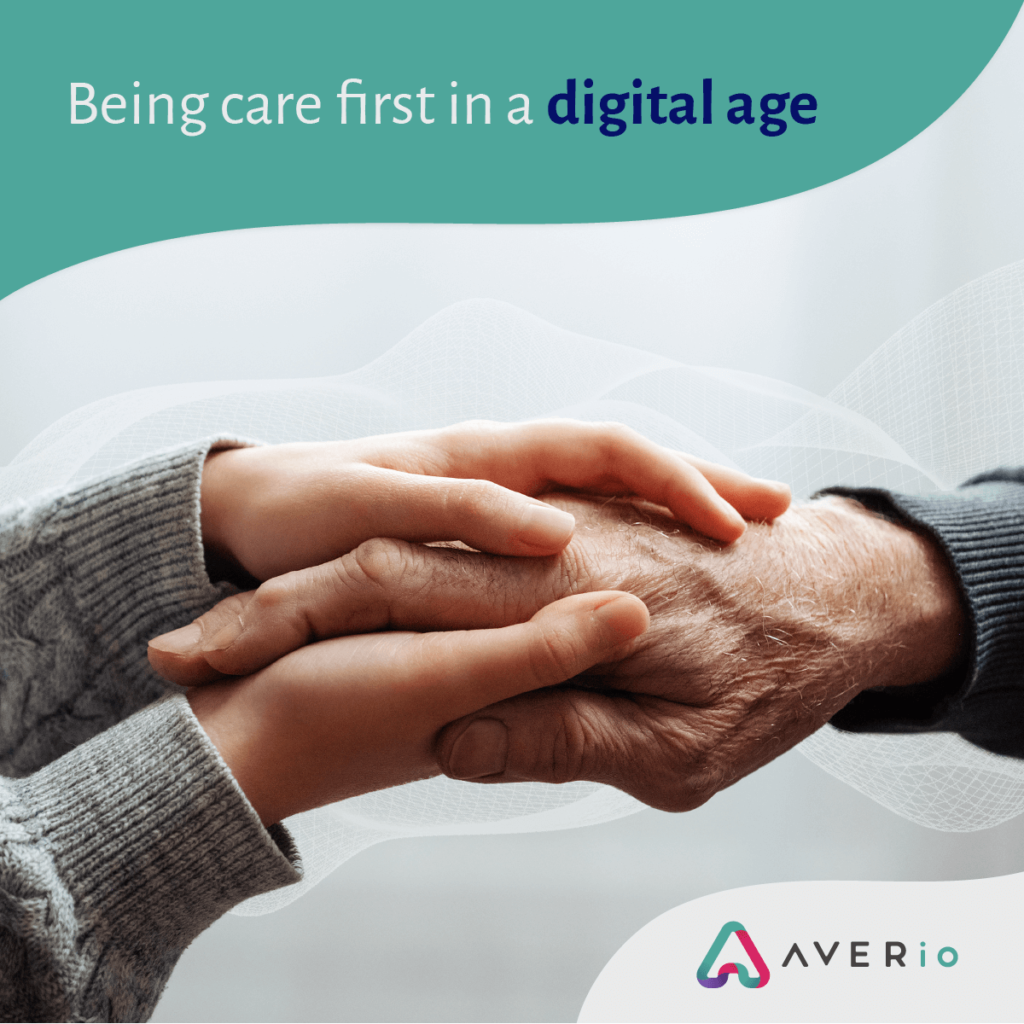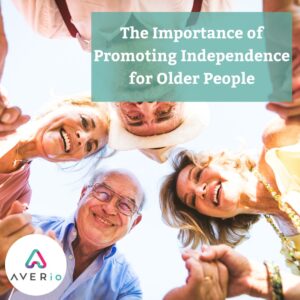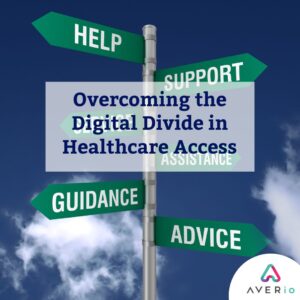
What Does Being “Care First” Mean?
Being “care first” is more crucial than ever in the digital world, especially when it comes to health and social care. Technology’s advancement has created a wide variety of advantages and opportunities, but it has also created a number of risks and difficulties that must be carefully considered and managed. We examine what it means to be “care first” in the framework of technology in the UK’s health and social care systems in this article.
Being “care first” fundamentally entails putting people’s wants and welfare above all else. This involves making sure that all technology used in social and health care is secure, efficient, and suitable for its intended use. It also entails being aware of possible risks and taking precautions to reduce them, such as making sure that private information is securely stored and shielded from unauthorised access.
How to Mitigate Data Security Concerns
When using electronic health records (EHRs), for example, being “care first” is one of the most important things to remember. These systems make it simple and quick for healthcare professionals to access and share patient data, enhancing the effectiveness and efficiency of care. However, given the sensitive nature of the information they hold, they also bring up issues with data security and privacy.
The UK has put in place a number of policies and guidelines to guarantee that EHRs are used in a manner that is “care first” in order to allay these worries. The NHS Code of Practice on Confidentiality, for instance, mandates that all personnel working in the health and social care sectors handle patient information with the utmost respect and care and only access it as required by their respective roles. All electronic documents must also be encrypted and secured with strong passwords, and any breaches must be reported right away.
Using telehealth and telemedicine is another area where it is crucial to put the patient’s needs first. By enabling remote care and support for patients, healthcare professionals can lessen the need for unnecessary in-person visits and increase access to care for those who might find it challenging to journey to a facility. They also bring up issues with the standard of treatment and patient safety, though.
Consider and Handle Risks Appropriately
The UK has developed a number of guidelines and standards to make sure that telehealth and telemedicine are used in a manner that is “care first.” For instance, the NHS Digital Assessment Questions for Digital Health Tools stipulate that all telehealth and telemedicine solutions must undergo thorough testing and evaluation to confirm that they are secure, efficient, and suitable for the purposes for which they are meant. Additionally, they mandate that all data collection must adhere to GDPR guidelines and that patients be completely informed about how their data will be used.
In conclusion, it is crucial to put people’s needs and well-being first in the digital age if we want to use technology in a manner that supports people’s needs and well-being. This is especially crucial in the context of health and social care, where it is essential to carefully consider and handle the risks connected to remote care given the sensitive nature of patient information. We can ensure that technology is used in a way that is safe, effective, and appropriate and that it supports the delivery of high-quality care for all by placing the needs and well-being of people above all else.
Related Posts

Empowering Next of Kin: Technology’s Role in the NHS and Social Care.
In the National Health Service (NHS) and social care sectors of the United Kingdom, next of kin play an important role in supporting their loved ones’ well-being and care needs. Historically, this responsibility has been fraught with issues such as

Promoting Independence for Older People
As the population ages, the National Health Service (NHS) and the social care sector have become more aware of the importance of promoting independence for older people. Encouraging older people to keep their autonomy and self-sufficiency improves their quality of

Harnessing Technology to Prevent Falls: Advances in the UK NHS and Social Care
Falls among the elderly are a big concern for the UK’s National Health Service (NHS) and social care sector. Falls can have significant repercussions, including injuries, hospitalisations, and a decline in overall health and independence. However, technological breakthroughs provide intriguing

Overcoming the Digital Divide in Healthcare Access
The digital gap, defined as discrepancies in access to and use of digital technology, is a major topic in healthcare. Access to healthcare services and information in today’s digital era frequently relies on digital technologies and platforms. However, not everyone

How Connected Care and Remote Monitoring Are Changing the Face of Healthcare
With the introduction of telemedicine and remote monitoring technology, the healthcare environment is undergoing a revolutionary transformation. These cutting-edge solutions are transforming healthcare delivery, making it more accessible, easy, and efficient. In this post, we will look at how connected

Ensuring Data Security and Privacy in Health Tech Solutions
The widespread adoption of health-tech solutions such as electronic health records (EHRs), telehealth platforms, and wearable gadgets has proclaimed a new era in healthcare. While these advancements have many advantages, they also pose serious issues about data security and individual

